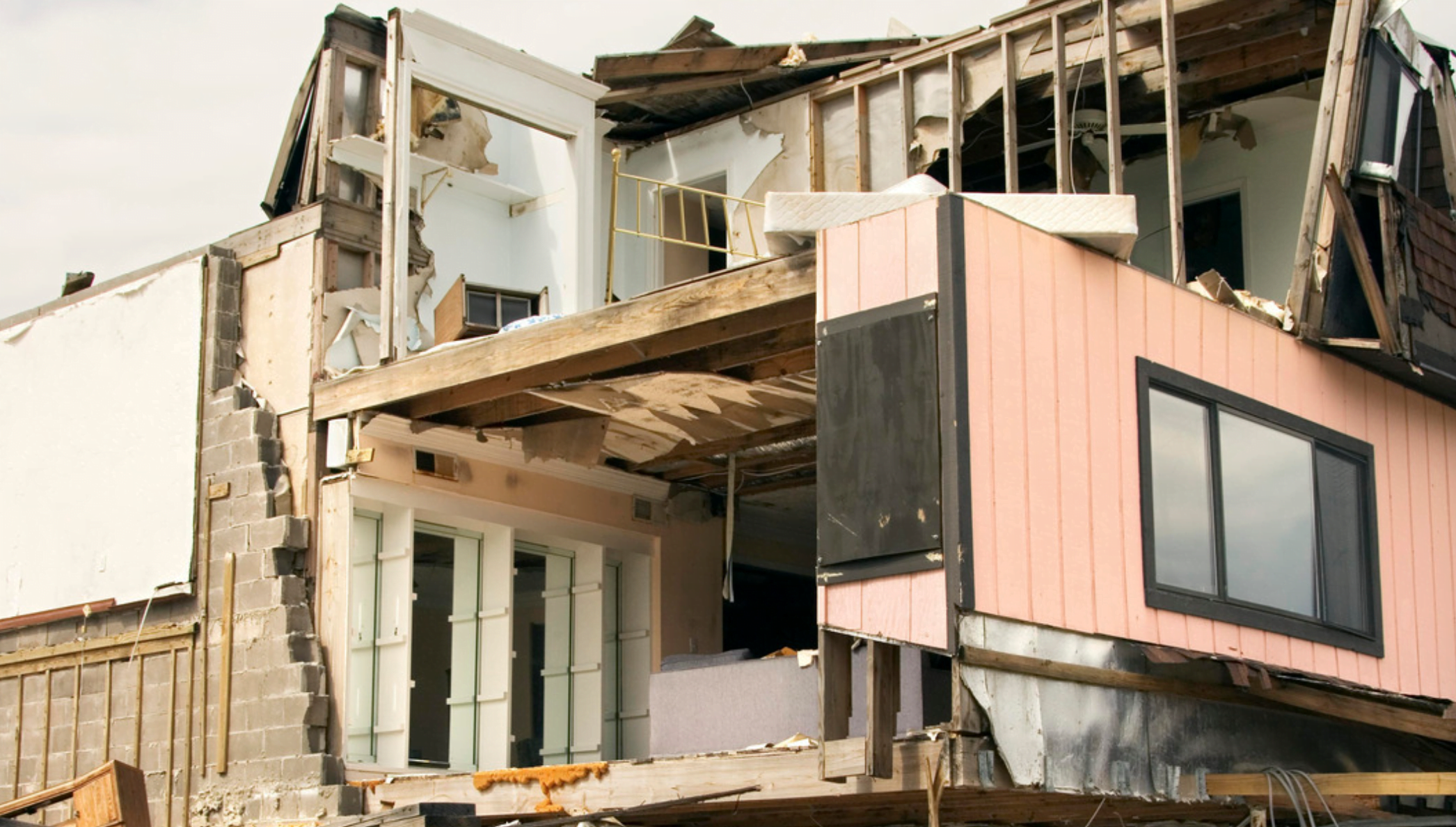If you’re dealing with a flat roof, you know that rain, wind, and other elements can take their toll. Tarping your flat roof can help protect it from the elements and extend its lifespan, but it’s important to do it correctly to avoid causing more damage.
Protect Your Flat Roof From Costly Repairs and Leaks
A flat roof is a great way to save space and money, but it can also be more vulnerable to damage from the elements. Rain, snow, and wind can all take their toll on a flat roof, leading to leaks and other problems. Tarping a flat roof can help protect it from these elements and keep it in good condition for longer.
How to Protect Your Flat Roof from the Elements with Tarping
Tarping flat roof is necessary for protecting it from the elements. It can prevent water damage, mold, and mildew. It can also help to extend the life of your roof. Here are some tips on how to properly tarp a flat roof:

Florida! Get Your Roof Tarped ASAP by Following Our How-To Guide – Source libertyremodelingandrestoration.com
A Step-by-Step Guide to Tarping a Flat Roof
Tarping a flat roof is not a difficult task, but it is important to do it correctly to avoid causing damage to your roof. Here is a step-by-step guide to help you tarp a flat roof:
1. Clean the roof. Remove any debris or dirt from the roof before you start tarping it. This will help the tarp to adhere better and will prevent leaks.
2. Measure the roof. Determine the size of the tarp you need by measuring the length and width of the roof. Add a few extra feet to each side of the tarp to allow for overlap.
3. Lay out the tarp. Unroll the tarp and lay it out on the roof. Make sure the tarp is centered on the roof and that there is enough overlap on all sides.
4. Secure the tarp. Use nails or screws to secure the tarp to the roof. Space the nails or screws about every 2 feet around the perimeter of the tarp and along the seams.
5. Check the tarp regularly. Once the tarp is in place, check it regularly for any tears or damage. Repair any damage immediately to prevent leaks.

Emergency Roof Tarping Services | Protect Your Home Now – Source emergencytarpingservice.com
Benefits of Expert Guide To Tarping A Flat Roof: Protect Your Property From The Elements
There are many benefits to tarping a flat roof. Tarps can help to:
- Protect the roof from rain, snow, and wind
- Prevent leaks
- Extend the life of the roof
- Improve the energy efficiency of the building
- Reduce the risk of mold and mildew growth
Tips for Tarping a Flat Roof
Here are a few tips for tarping a flat roof:
- Use a tarp that is specifically designed for flat roofs.
- Make sure the tarp is large enough to cover the entire roof, plus a few extra feet for overlap.
- Secure the tarp tightly to the roof using nails or screws.
- Inspect the tarp regularly for any tears or damage and repair them immediately.
Conclusion of Expert Guide To Tarping A Flat Roof: Protect Your Property From The Elements
Tarping a flat roof is a relatively simple and inexpensive way to protect your property from the elements. By following these tips, you can help to ensure that your flat roof will last for many years to come.